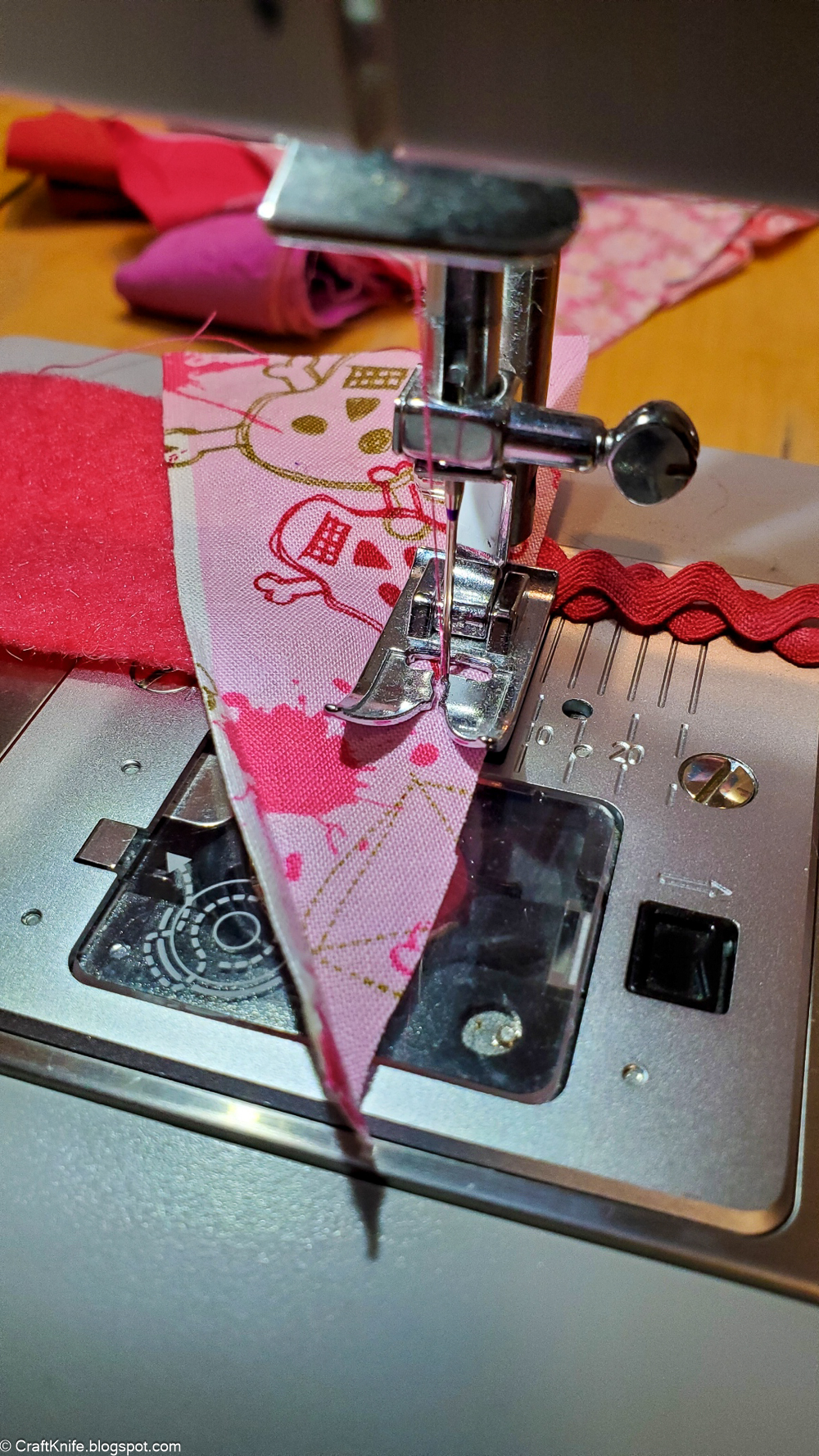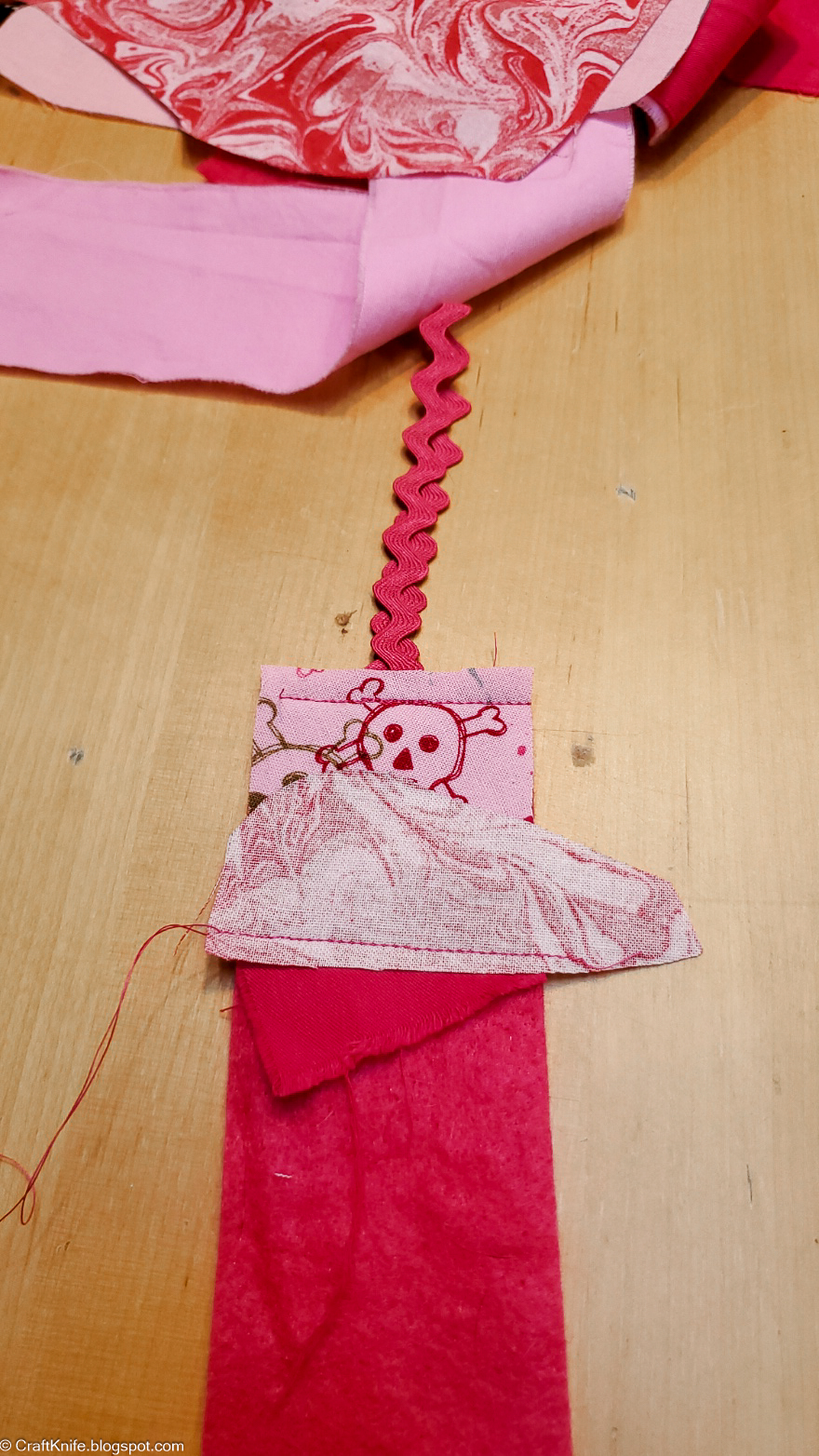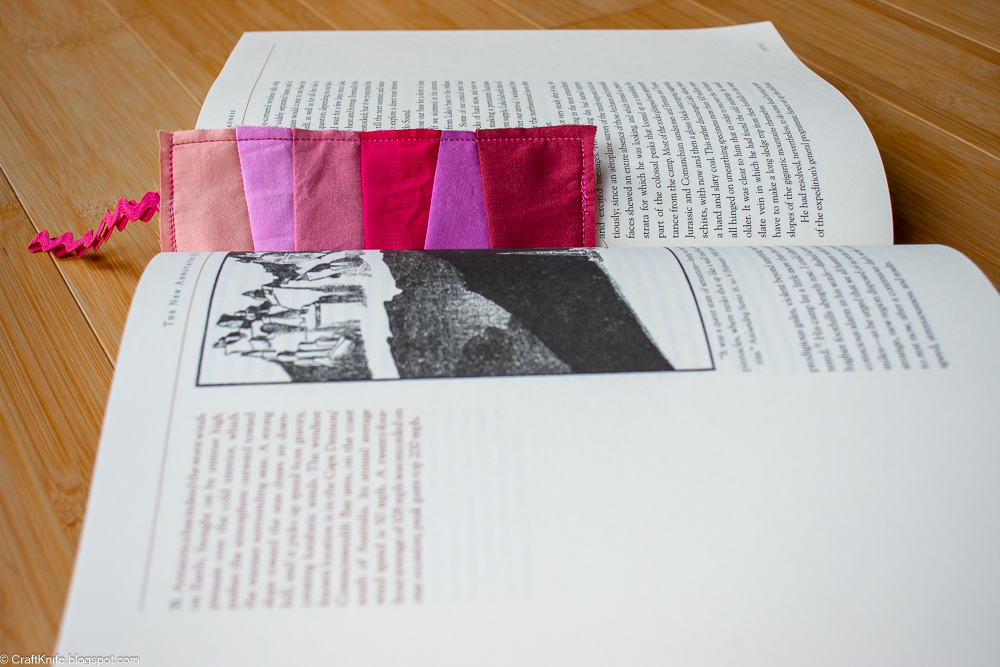
Okay, if you’re just reading the reviews and you haven’t read Jennifer Traig's Act Natural yet and you’re wondering why so many people are griping that there’s a ton of talk of infanticide in this book--um, yes. There is a TON of talk of infanticide in this book. You might not have expected that if you were looking for a history of parenting, because, well, obviously, so here’s your friendly neighborhood trigger warning: there’s tons of talk of infanticide here!
But also… it’s super interesting! And also relevant! Like, Traig claims that the early medieval constant reference to “overlaying,” ie. rolling over onto your baby and accidentally smothering them while co-sleeping, was often a euphemism for infanticide. I would be very interested to know if there are any actual, verifiable stats on this, because I think it would be an insightful addition to the current co-sleeping controversy. How unhappy would that one already-unhappy NICU pediatrician have been when, in response to his lecture about the dangers of co-sleeping that he made me sit through before releasing my baby to my custody, I’d informed him that many of those historic references were actually murders? My baby would have been in a foster home by the end of the day!
Most of the infanticide discussion is in Chapter 1, the ancient history of parenting, and the context, then, is why there would be so much infanticide in a world without modern medical technology. The answer, in part? In a world without modern medical technology, you don’t have reliable birth control, and also don’t have the ability to get a reliable abortion. Combine that with the already abysmal infant survival rate, and I, at least, can see how entire cultures came to the idea that newborns weren’t exactly locked in on existence right at first. Just imagine me doing the little hand-gesture towards my brain and making the explody noise, because that blew. My. MIND!
Also exposing children to the elements, or to whatever animals might want to eat them or whatever other adults might want to snatch them up. And sending them to baby farms to be slowly starved to death out of sight and mind. Traig reports that in Paris in 1780, there were about 21,000 infants born. Seven hundred were nursed by their biological mothers. Three thousand had in-home wet nurses or were placed into Parisian “nursery homes.” SEVENTEEN THOUSAND were sent to baby farms elsewhere in the country. Oh, and also orphanages and foundling hospitals! People used orphanages WAY oftener than I thought they did. Traig reports statistics of over 40% of infants being abandoned to foundling hospitals in certain geographic areas over specific periods of time. I have since worked into my casual conversations the common surnames for foundling children: do you know anybody with the surname Columbo, Esposito, Vondeling, Temple, or Iglesias? If so, I have some bad news for you about one of their ancestors… You could tell Traig was high-key gleeful when spilling the tea about all the famous Western dudes we’re supposed to respect who actually dumped most or all of their kids off at orphanages. For instance, Jean-Jaque Rousseau had five children, and ABANDONED ALL FIVE TO FOUNDLING HOMES. Like, yikes!
I think I would have picked all of the above, though, over being a medieval European baby mummified in filthy swaddling for 24 hours at a go and hung on a hook or propped near an open fire where I was likely to burn to death.
The one flaw in Traig’s book is that it is mostly a white European cultural history of parenting, and doesn’t much address other cultures than those. That’s fine, obviously, because otherwise the book would have to be nine times as long, but the lens isn’t specified in the title, so it would be understandable for a reader to be disappointed at the lack of other perspectives.
Because Traig’s cultural history is necessarily too brief to thoroughly flesh out all the hot goss and scandalous tidbits that she drops, my favorite thing about her book is all her references to the historical works that I can now go find and read myself. I’m most interested in the craziest-sounding of the parenting tomes, so apparently I’ll be flipping through several early 20th-century parenting books and cackling about all the cocaine use. I’m also interested in the mid-1990s hippie birth and parenting books, especially when contrasted to the other extreme also coming around then: we’ve got both twilight sleep, which I already knew was a Whole Thing even before I watched that one Mad Men episode, and that stupid “your birth is not progressing” timetable that I am now learning was made up by one bored dude killing time by tracking a whopping total of 25 women over the course of one overnight work shift when he’d rather be elsewhere.
Tangential shout-out to Channel to a New Life, the hippie birth film that I watched on VHS during one of my hippie birthing classes, and that I later walked my best friend over to watch with me at the hippie parenting center because I literally NEEDED him to experience this with me. It involves an outdoor water birth, of course, aided by one guy playing the drum and another guy holding a crystal that has had dolphin song channeled through it, and ends with the newborn’s preschool-aged sibling stripping nude and hopping into the bloody birth pool to play. The video was “lost” (I promise it wasn’t me!) long before the parenting center eventually shut down, and I’ve never found another copy. If you ever see one, pleasepleaseplease snap it up for me!
My other favorite thing about this book is the random miscellaneous factoids that Traig drops throughout. Such as: did you know that Dr. Spock has an Olympic Gold medal? Or that L. Ron Hubbard wrote a recipe for baby formula that some people still use?!? Or that the original edition of Aesop’s fables featured some VERY suss tales? Or that it was a terrifying evangelical children’s author, Favell Lee Mortimer, who invented both the flash card and the titling trope of [insert topic] Without Tears? I also really enjoyed finding connections to some of my other Special Interests--I already mentioned Dr. Sears, who I used to be OBSESSED with and would now actively enjoy gossiping about, but Traig also references the Satanic Panic scare of the 1980s that led to those messed-up accusations that the McMartin Preschool was conducting Satanic rituals with young children that led to the equally messed-up made-for-TV movie Do You Know the Muffin Man, which was released exactly in my unsupervised TV watching wheelhouse era. Here it is on YouTube:
In conclusion, I guess I’m just really glad that I live in a time in which my obstetrician didn’t show up and dive right into my vagina with bare autopsy-hands…
Just kidding--I had a nurse-midwife, and actually she was super mean to me! That’s probably a future chapter of Traig’s, how the dummies of the early twenty-oughts were so obsessed with “natural” medicine that they’d choose a body-shaming midwife over a perfectly nice obstetrician. Sigh. But don’t worry--Traig also has a lot to say about Dr. Sears!
.jpg)
.jpg)
.jpg)
.jpg)
.jpg)
.jpg)
.jpg)
.jpg)
.jpg)
.jpg)
.jpg)
.jpg)
.jpg)
.jpg)
.jpg)
.jpg)
.jpg)
.jpg)
.jpg)
.jpg)
.jpg)
.jpg)
.jpg)
.jpg)
.jpg)
.jpg)
.jpg)
.jpg)
.jpg)
.jpg)
.jpg)
.jpg)
.jpg)

.jpg)
.jpg)
.jpg)
.jpg)